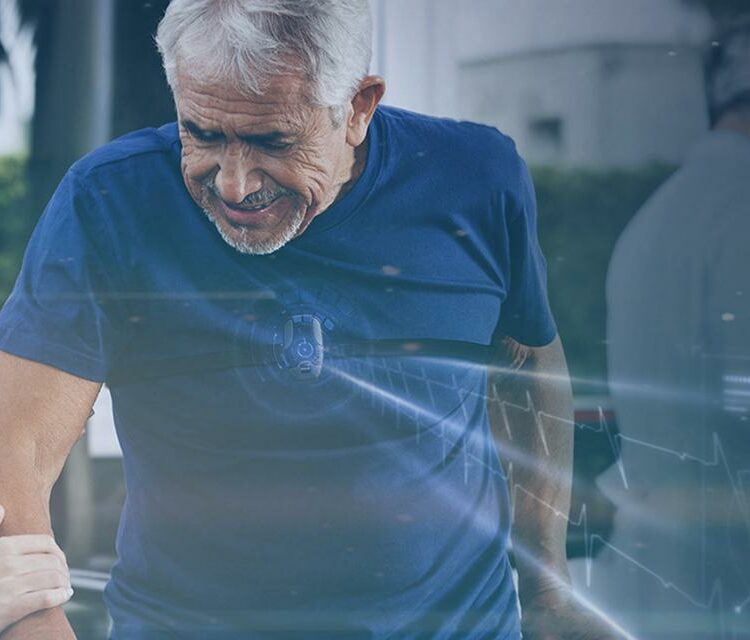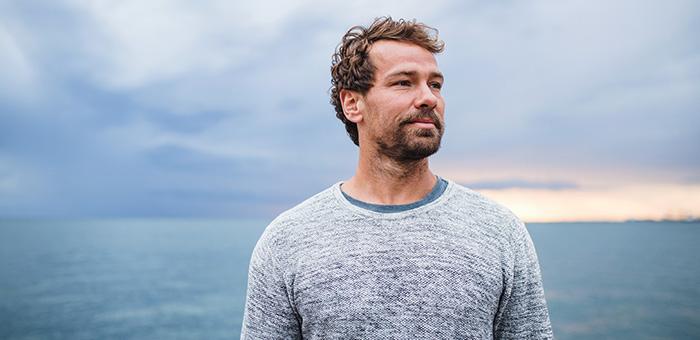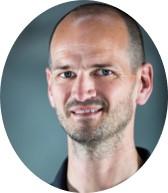Return To Activity Post COVID-19

Return To Activity Post COVID-19
Author: Dr. Lutz Graumann, MD, Ph.D. and Specialist in Sports Medicine, Nutrition and Chirotherapy with the focus on performance enhancement
In Germany, there are currently around 3.1 million recovered Covid-19 patients, and almost 29 million in Europe – and the number is steadily rising. Soon there will be more than 30 million people who would like to return to their usual level of performance after overcoming the illness. While the key focus was and still is on containing the highly contagious virus by isolating patients and treating severe cases, surveys have shown that even mild courses of COVID-19 infections can lead to long-term effects such as cardiac complications, and other after-effects that can be hazardous for a patient´s health. Commonly reported symptoms include chest pain, cough, pain in joints, recurring fever, muscle pain, tiredness, depression, and anxiety. Therefore, it is vital to accompany and support anyone returning to work or sports after a COVID infection to make sure symptoms are closely monitored and activities are taken on step by step. Take a look at the step-by-step manual to recovery and return to work we have developed at the International Association Performance Medicine.
According to the British journal of sports medicine, the clinical manifestations of COVID-19 involve cardiac complications, including inflammation of the heart muscles, also called myocarditis, rapid-onset heart failure and arrhythmias. Apart from that, there is a constant risk of mild renal, hematological, and respiratory infections even after recovering from the infection.
Healthcare bodies are still trying to estimate the frequency of long-term effects caused by COVID-19. Professional athletes are a patient group particularly closely monitored. Accordingly, the first guideline for patients returning to their profession was also focused on athletes. The GRTP protocol (Graduated Return to Play) however is also a very good basis for any employee returning to work – whether this includes physical activities or not. With the advancement in research, a growing body of medical experts has suggested employees just like athletes who have suffered from COVID-19 should take into consideration the several physical and physiological factors before resuming normal activity. Taking the 5-stage approach of the GRTP protocol into account, my team at the IAPM has developed guidelines that support a gradual return to work and an active life.

Post COVID-19 Guideline: 7 Considerations for a Gradual Return to Work
Before we address the recovery steps, let´s briefly touch on dealing with the infection. Most health information on COVID-19 covers the mandatory steps anyone infected must take: Seeing a doctor, following the national guideline on quarantining, and taking all the necessary tests is of course essential to recover and to avoid infecting others. In addition to severe risks of lung and heart complications, diarrhea, nausea, and shortness of breath are the major effects that affect most patients. Therefore, isolation is not enough for recovering from the viral infection. Patients should consume a balanced diet and always stay hydrated. Moreover, healthy nutrition and adequate food supply can help manage the symptoms effectively.
1. Resting period: According to various regulatory bodies, the minimum time span for taking rest after the first appearance of COVID-19 symptoms should be ten days. For patients suffering a more severe progression of the disease, this period would of course be adapted by the attending physician.
2. 7 days symptom free: In addition to the recommended resting period, the patient should remain symptom-free for at least seven days after full recovery from the infection before taking the next steps.
3. Routine tasks: Stage one of the GRTP states that an athlete should be able to accomplish activities such as a 500-meter walk without feeling any tiredness. In the case of employees with a non-physical job, completing routine tasks without exhaustion would be the minimum requirement for a return to work.
4. Medical diagnostic tests: In addition, employees and athletes must undergo some diagnostic tests to ensure their safety and the safety of their coworkers. These will help the administrative bodies determine whether they should allow someone to return to activity or stay in quarantine for a few more days. One of the most crucial tests is a 24-hour Holter monitoring test to rule out arrhythmias and any subclinical myocardial disease. Other recommended tests include transthoracic echocardiograms, cardiac evaluation, and maximal exercise testing.
5. Gradually increasing activities: As part of the stages 2-4 of the GRTP athletes increase training from 15 minutes per day and an increase of the heart rate up to 70%, to longer a more frequent training periods of more than an hour per day in stage 4. If athletes remain asymptomatic during these stages spanning over a period of sixteen days, they can go back into active competition on day seventeen and stage 5.
For employees with physically demanding jobs this can be used as a guideline of gradually returning to their tasks and to working part-time to full-time. For employees with non-physical job roles, it is also a good guideline on gradually resuming physical activities – from climbing stairs to going to work by bike, walking a dog or slowly taking up sports again.
6. Back to sports: Sports that do not demand heavy physical activity and high heart rates (from yoga to golf) can be resumed shortly after the patient has remained symptom-free for the described period and shows no sign of tiredness after every-day physical activities. More demanding cardio-focused sports should be slowly taken-up step by step.
7. Workplace screening tests: Considering the possibility of transmission of the virus from a single carrier, screening tests are also imperative. Some countries and regional authorities have already made employee testing mandatory, most other agree on a strong recommendation of regularly testing all employees with client contact or close contact to co-workers.
“In addition to the gradual approach and all mandatory medical precautions, we highly recommend seeking the advice of a cardiac or infection control expert to control risks of long-term effects´, said Arto Pietilä, Senior Vice President of Bittium Medical Technologies. “In addition to mitigating physiological risk factors, medical support and remote monitoring of risk factors can also lower the psychological strain and effects as the patient knows that risk factors are monitored.´
Due to the potential adverse effects linked with cardiac disorders, cardiac evaluation holds prime importance in determining the wellness of a recovering COVID-19 patient. The Faros ECG monitoring device from Bittium has proven to be a valuable part of the diagnostic process. In roughly 10% of our cases we spotted temporary arrhythmias and / or a large number of extrasystoles. Cardiac monitoring involves calculating the resting heart rate, breath holding duration, and rated perceived exertion. The more reliable or usable data and preliminary findings of the cardiovascular system exist, the easier it is to assess and support training after the illness.
Webinar
If you are interested in more details on a safe and phased return to activity that will help avoiding serious health complexities, join our webinar Wednesday 21st April 2021 at 4.30 CET.
My colleagues and I will provide insights into the current state of knowledge about post- COVID-19 syndromes and present the diagnostics and stress algorithm we helped to develop. This procedure used at the U20 Ice Hockey World Championship for men, is now considered the standard in German professional hockey and provides a very good basis for more general “return-to-work´ programs.
To view the webinar recording, please visit: Return to work and sports after a Covid-19 infection webinar
MD, Ph.D Lutz Graumann
MD, Ph.D. and Specialist in Sports Medicine, Nutrition and Chirotherapy with the focus on performance enhancement | President of the International Association of Performance Medicine | Founder of Sportmedizin Rosenheim, Quest Vitality, Quaduma | Team Physician of the German Icehockey Federation from 2015-2021 | Head of Education at Blackroll | CMO at Nambaya | Author of the bestselling books Functional Fascial Training with Blackroll and Regeneration | Lecturer at the German Armed Forces Leadership Academy in Hamburg

Enhancing performance has always been in the focus of Lutz Graumann’s work. Starting his medical career in 1994 he soon realized that his desires in the professional field were close to those of his private life: sports.
Challenges dominated his work and private life after accepting a full scholarship of the German Bundeswehr. Working with different pro athletes, special forces, fighter pilots and leadership groups, he has learned that training methods and nutritional concepts have varying impacts on the individual. Dr Graumann integrates sports and military medicine and cutting-edge technology to create data based movement, nutrition, recovery and mindset strategies for work and play.